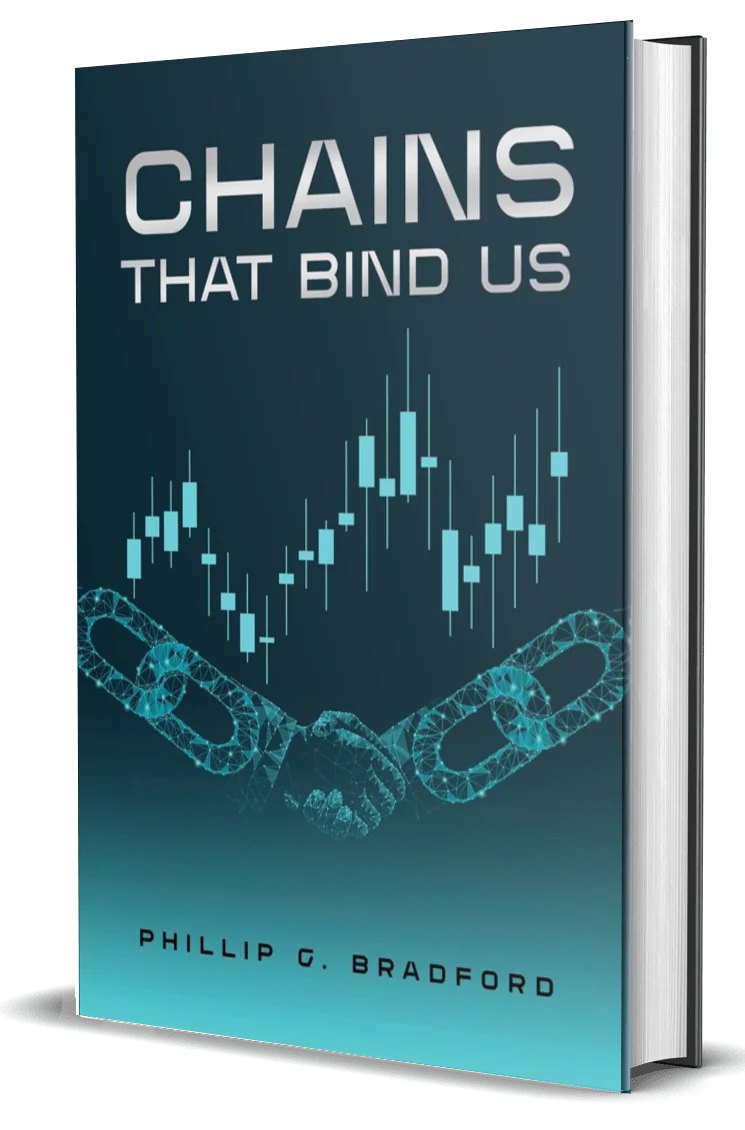In today’s rapidly evolving digital landscape, education is no longer confined to classrooms and textbooks. Thanks to Web3 technologies and open-source platforms, students and curious minds around the world can access, contribute to, and build upon knowledge in real-time. Phillip G. Bradford’s Chains That Bind Us is a shining example of how educational materials can thrive in this new ecosystem.

What Is Web3 and Why Does It Matter for Learning?
Web3 represents a shift from a centralized internet (Web2) to a decentralized one. Instead of relying on corporate-owned platforms, users interact through blockchain-based systems that promote transparency, control, and ownership.
This revolution is not just technical — it’s educational. Bradford’s work is built upon open access principles and invites learners not only to read but also to experiment, fork, and contribute.
Education by the Community, for the Community
One of the core themes in Chains That Bind Us is the idea that knowledge shouldn’t be locked behind paywalls. Bradford’s open-source approach allows students to:
- Download the code behind blockchain examples.
- Tinker with Python-based simulations of crypto networks.
- Participate in community discussions and suggest improvements.
The book functions like an open-source project itself — constantly evolving, responsive to reader feedback, and focused on making high-level concepts accessible.
Why This Matters More Than Ever
Traditional education models struggle to keep pace with the speed of technological change. Web3 demands that learners not only consume information but interact with it. Bradford provides both the “why” and the “how,” from foundational concepts to practical exercises that live on GitHub.
Students who engage with this material aren’t just memorizing definitions — they’re contributing to a living, breathing educational ecosystem. This embodies the Web3 spirit of collective advancement.
Real Skills, Real Access
Whether it’s experimenting with decentralized identity, simulating cryptographic principles, or building a blockchain from scratch, readers of Chains That Bind Us gain hands-on experience that’s immediately applicable. More importantly, they gain permission to explore.
Because the book and its tools are open, students in any part of the world — regardless of institution or income — can access cutting-edge education. This levels the playing field in a way that traditional systems often fail to do.
Despite its title, Chains That Bind Us is ultimately about liberation — from outdated systems, opaque institutions, and rigid learning models. In the age of Web3, open-source education isn’t just an option; it’s the future. Bradford’s book is a template for how that future can look: inclusive, hands-on, and driven by a passion for collective learning.
